
He’s the “silver fox” judge on the Great British Baking Show, author of several cookbooks and a master artisan bread baker. Here are a few of Paul’s best tips to turn out beautiful and delicious loaves of bread at home.
Obsessed with the Great British Baking Show? We are, too. Try these copycat recipes.
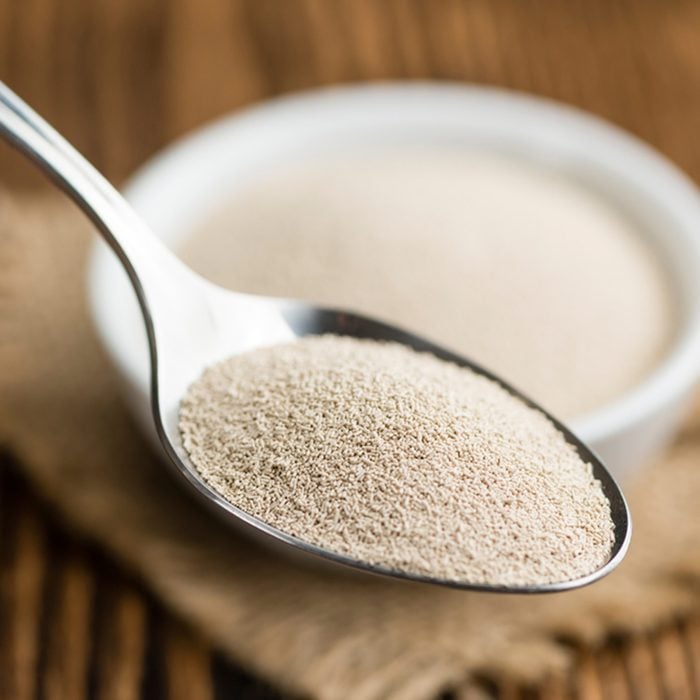
Keep salt away from yeast
You need both for a great loaf of bread but salt kills yeast when they come into contact! Paul recommends placing the flour in a bowl, then salt on one side and yeast on the other. Mix each into the flour separately before stirring everything together.
Up for a challenge? Check off all the recipes on this bread-making bucket list.
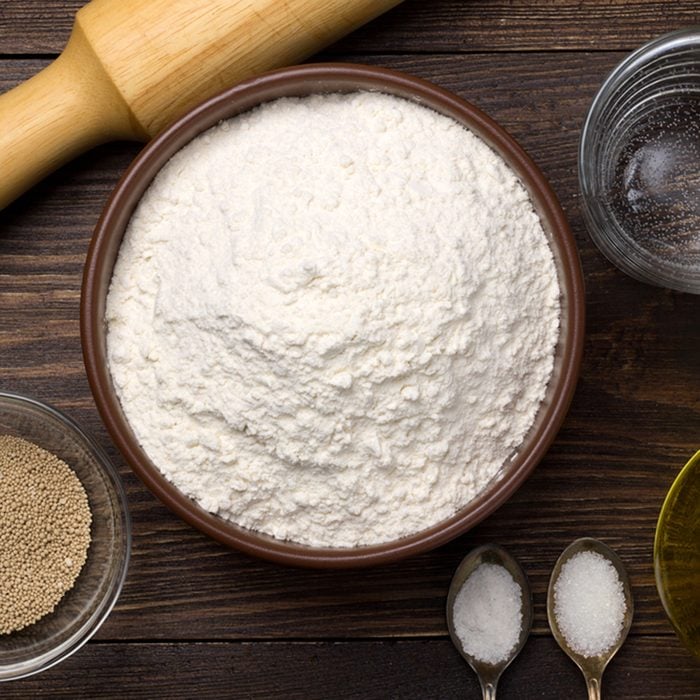
Don’t use all-purpose flour
Bread flour contains more protein than all-purpose flour. More protein means better gluten formation, creating a superior texture in your finished loaf. Paul’s advice is to always use bread flour (called “strong flour” in Britain) when making bread.
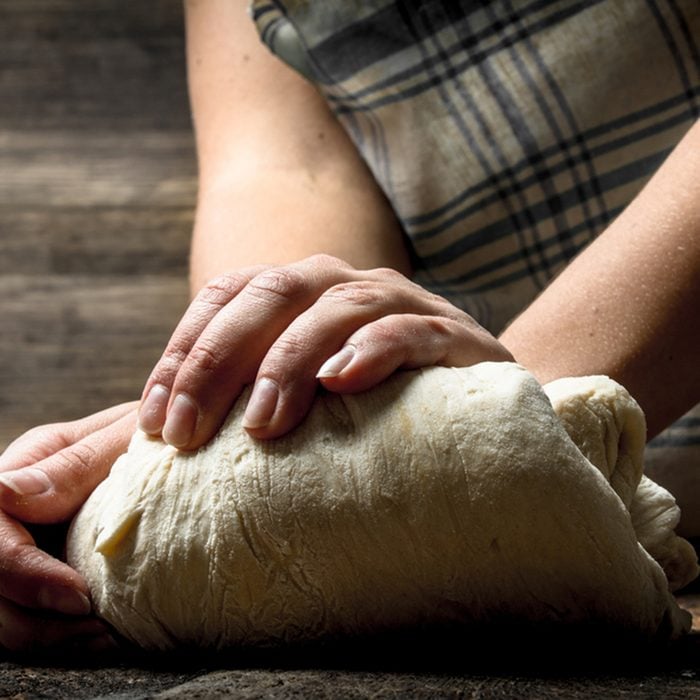
Knead on an oiled surface
Though most of us knead dough on a floured surface, Paul actually uses olive oil. He says it cuts down on the stickiness without negatively affecting the dough, as too much flour can do. Try out this trick with homemade wheat bread.
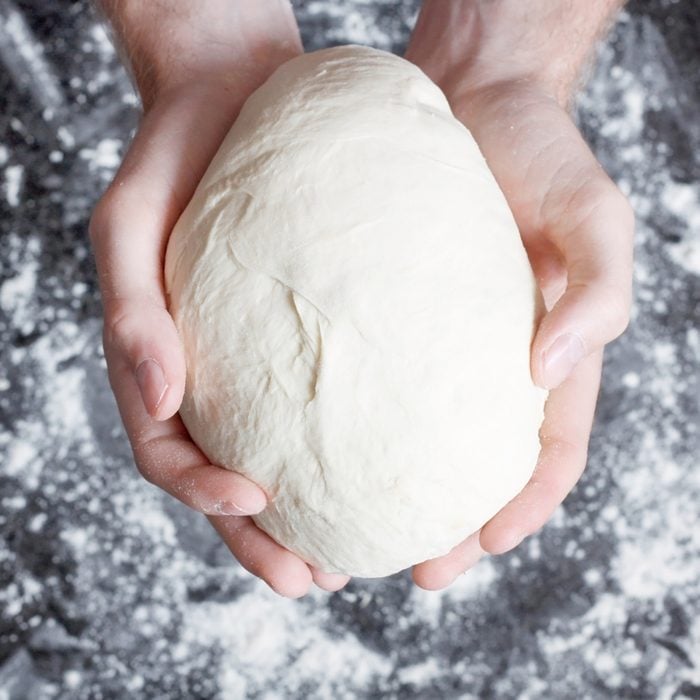
Test your dough after kneading
How do you know when you’ve kneaded the dough enough? Paul recommends stretching: when the dough can stretch to about 7″ without breaking then it’s ready. Here is a beautiful soft loaf to bake!
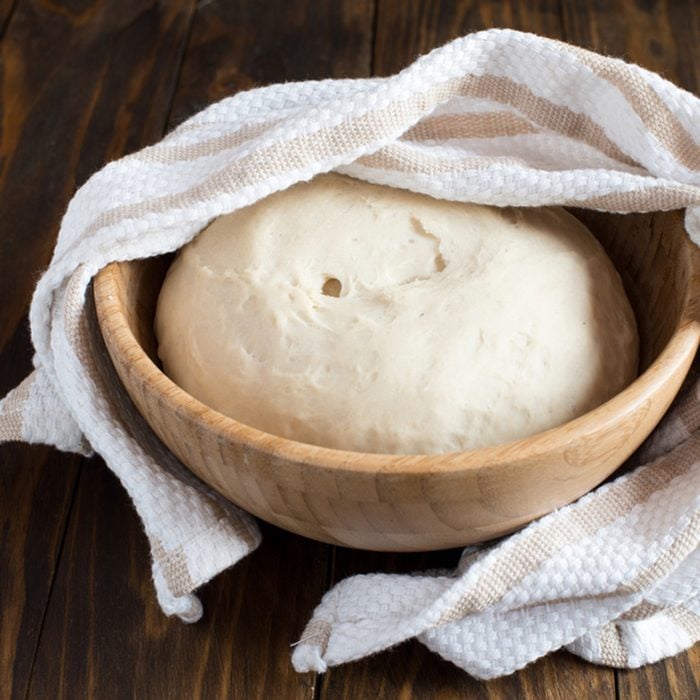
Do a first rise in the fridge
Paul suggests letting the dough’s first rise happen overnight in the fridge. In the morning, punch the dough down, shape it and let it come to room temperature as it has its second rise. Try this tip on a homemade Italian loaf.
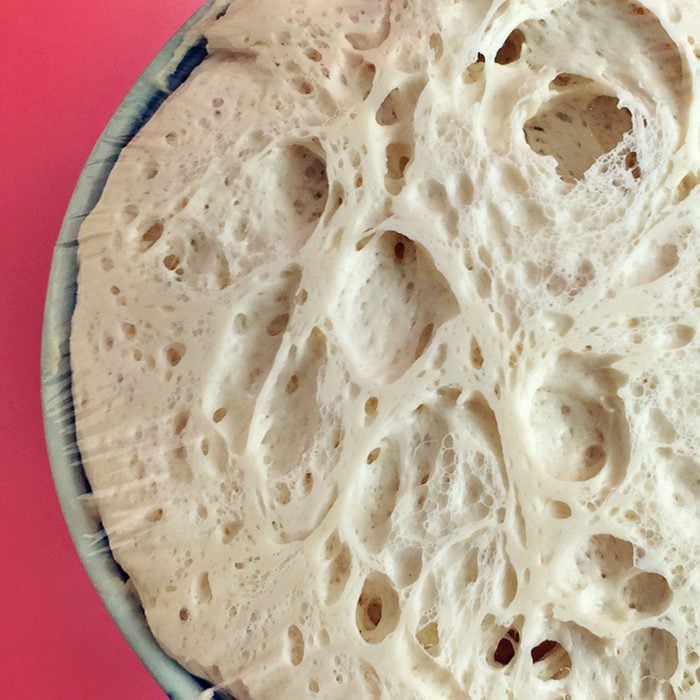
Do your second rise at room temp
Though you may have been taught to let dough rise in a warm spot (like near the oven), Paul Hollywood lets his bread rise slowly in a room temperature location. He says the slow rise gives bread a better-developed flavor.
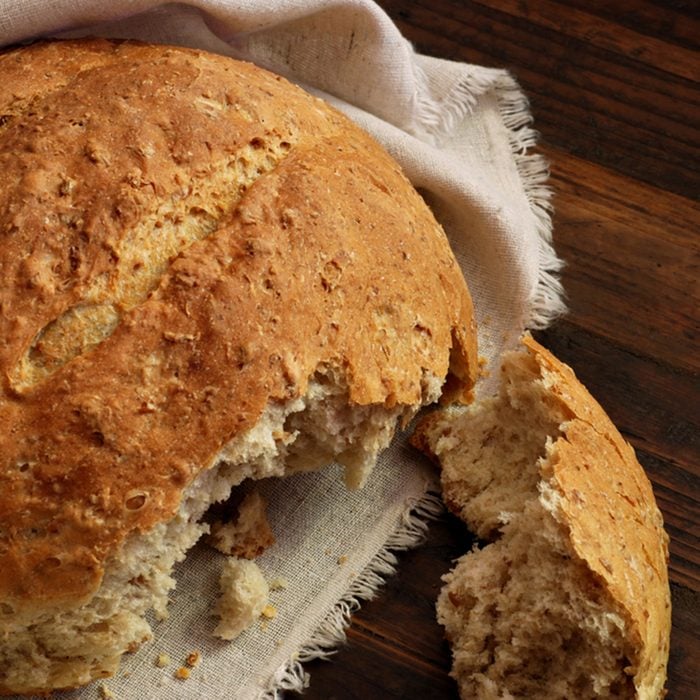
Get a crisp crust by using steam
To achieve a crispy crust on your French bread, Hollywood recommends placing a baking dish on your oven’s lower shelf before preheating. After putting your dough in the oven, pour cold water into the hot pan, then quickly close the door to keep the steam in.
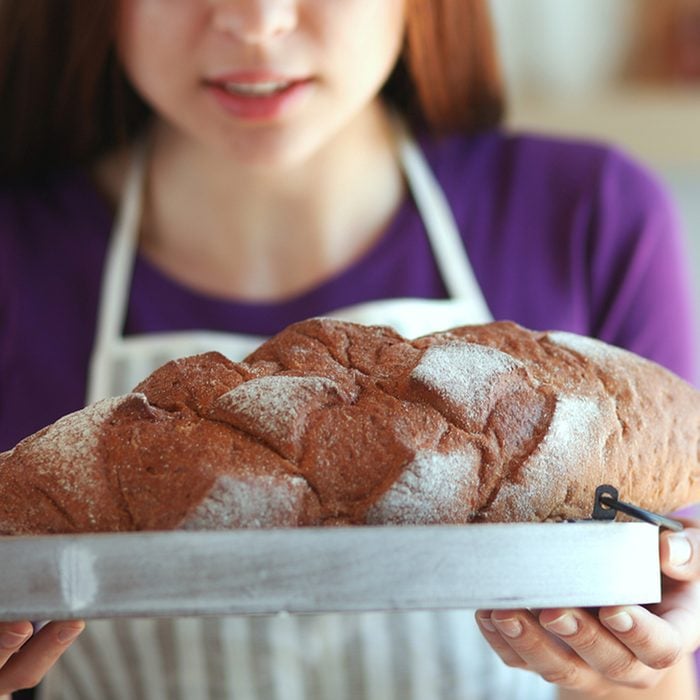
Tap for doneness
To test if bread is done baking, Paul says the best way is to tap the bottom of the baked loaf. If the bread is properly baked, it should sound hollow. If it doesn’t, you can pop the loaf back in to bake a little longer.
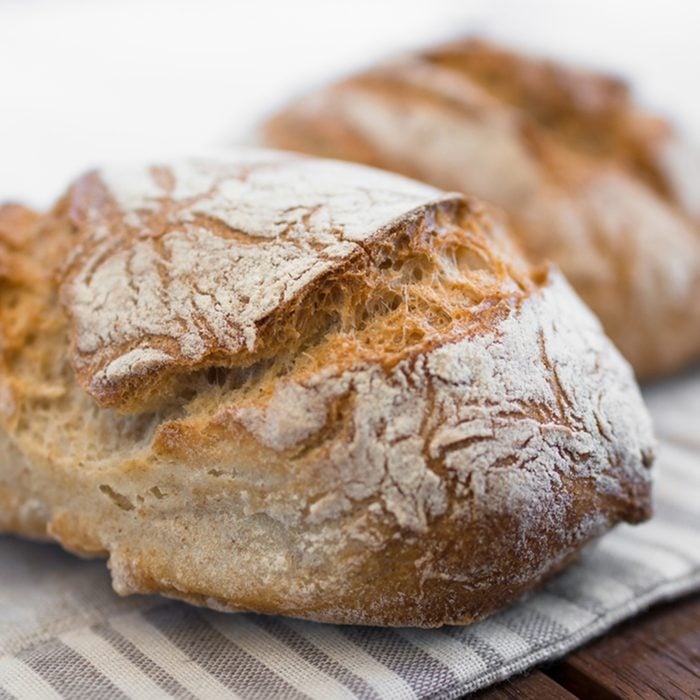
Give your bread that bakery look
Here’s how Paul says to make a crackly, bakery-style top. Mix 1/2 cup rye flour with 2/3 cup beer. Pour over your shaped loaf before baking. The batter will create a distinct top on your bread and deliver a rich boost of flavor!
